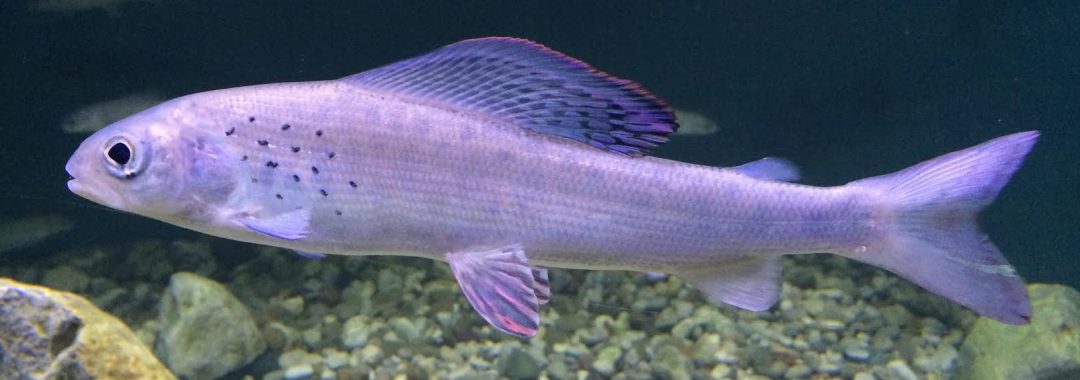Abstract:
Environmental DNA (eDNA) assays represent a non-invasive approach for biomonitoring. To assess Arctic grayling (Thymallus arcticus) populations in the Little Nahanni watershed of Northwest Territories (NWT), Canada, an eDNA assay that has been previously validated for use in fish of the Beringia lineage was used in conjunction with traditional survey methods (i.e., electrofishing). Forty-six 100-metre reaches of streams were assessed in August 2015. The assay successfully detected Arctic grayling of the Nahanni lineage, with an eDNA signal recorded at each of the 17 sites in which Arctic grayling were observed by traditional fish surveys, but also at 3 of the 29 sites where Arctic grayling were not observed. The presence of eDNA was related to habitat metrics via Random Forest and correlation analyses. Riffles and water temperature were identified as being predictive of Arctic grayling eDNA abundance; however, no significant relationship between eDNA abundance and biomass proxies (fish abundance and fork length metrics) could be established. The high congruence between traditional approaches and eDNA surveys suggests adoption of the latter method will enhance the temporal and spatial acuity of biomonitoring, thereby improving field assessment of Arctic grayling populations and contributing towards more effective conservation management of this species.
Citation: Veilleux, H., McPherson, M., Cott, P., Poesch, M., S., Glover, C., and G. Goss. (2025) Environmental DNA as a tool to detect Arctic grayling and their habitat preferences in the Northwest Territories, Canada. Arctic Science 11: 1-12.
Also Read:
*Lab members: Morag McPherson and Mark Poesch. Check out opportunities in the lab!


